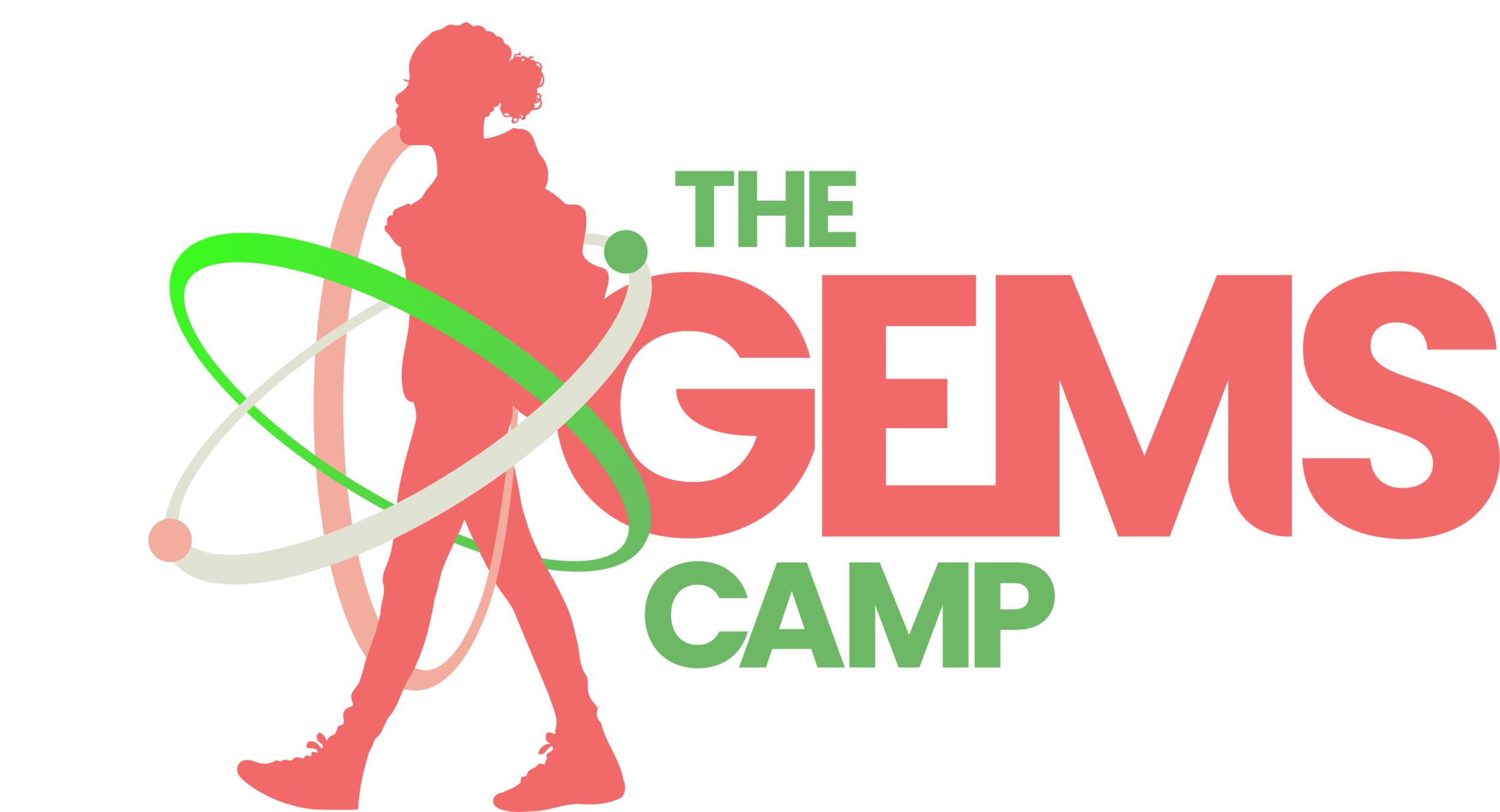“Will America lead.... and reap the rewards? Or will we surrender that advantage to other countries with clearer vision?”
What Does the Research Tell Us?
Girls are taking many high-level mathematics and science courses at similar rates as their male peers, with the exception of physics and engineering, and are performing well overall. However, gaps in mathematics and science achievement persist for minority and low-income students. (National Science Foundation (NSF), Science & Engineering Indicators, 2012)
In 2008, 12% of bachelor’s degrees in science and engineering, 3% of master’s degrees in science and engineering, and <1% of doctorate degrees in science and engineering were awarded to minority women. (NSF, 2011)
In general, boys performed slightly better than girls in mathematics, but larger gaps exist between students of different racial/ethnic backgrounds or family income. As in mathematics, science performance varies significantly by racial/ ethnic background and family income. (NSF, 2011)
The rates of science and engineering course taking for girls/women shift at the undergraduate level and gender disparities begin to emerge, especially for minority women. (NSF, 2011)
Women make up 47% of the overall workforce, but are much less represented in particular science and engineering occupations. (U.S. Department of Labor, Bureau of Labor Statistics, 2011)
Students from historically disadvantaged groups such as African American and Hispanic students, both female and male, are less likely to have access to advanced courses in math and science in high school, which negatively affects their ability to enter and successfully complete STEM majors in college (May & Chubin, 2003; Frizell & Nave, 2008; Tyson et al., 2007; Perna et al., 2009).
The transition between high school and college is a critical moment when many young women turn away from a STEM career path. Although women are the majority of college students, they are far less likely than their male peers to plan to major in a STEM field. (American Association of University Women)
Exposing girls to successful female role models can help counter negative stereotypes because girls see that people like them can be successful and stereotype threat can be managed and overcome. (AAUW)
“On October 4, 1957, history changed with the Soviet Union's successful launch of Sputnik I, the world's first man-made satellite. Americans were alarmed that we had been outpaced technologically and saw the Soviet feat as a threat to our national security. In order to catch up with the Russians, our nation swung into action and infused new funding and resources into scientific research on a priority basis that resulted in new labs springing up all over the country. To support this national initiative, schools upgraded and expanded math and science instruction at every level. Congress established scholarships and grants to enable young people to pursue science and engineering majors in college and graduate schools. These efforts paid off as a new generation of American scientists and engineers was produced and the United States became the Mecca for scientific research in virtually all fields. Now, five decades later, we are again on the verge of falling behind technologically, largely because of a failure to provide world class science and math instruction in our schools...We cannot fail to prepare our children to thrive in a world where science and technology define in many ways how we work, live and entertain ourselves.”
